As if you didn’t already have enough actual detective work to do, Chicken Police: Into the Hive offers a few fun ways for Sonny to pass the time outside the main story, and one of ther most amusing of the minigames in Into the Hive is Clawville Wildcards.
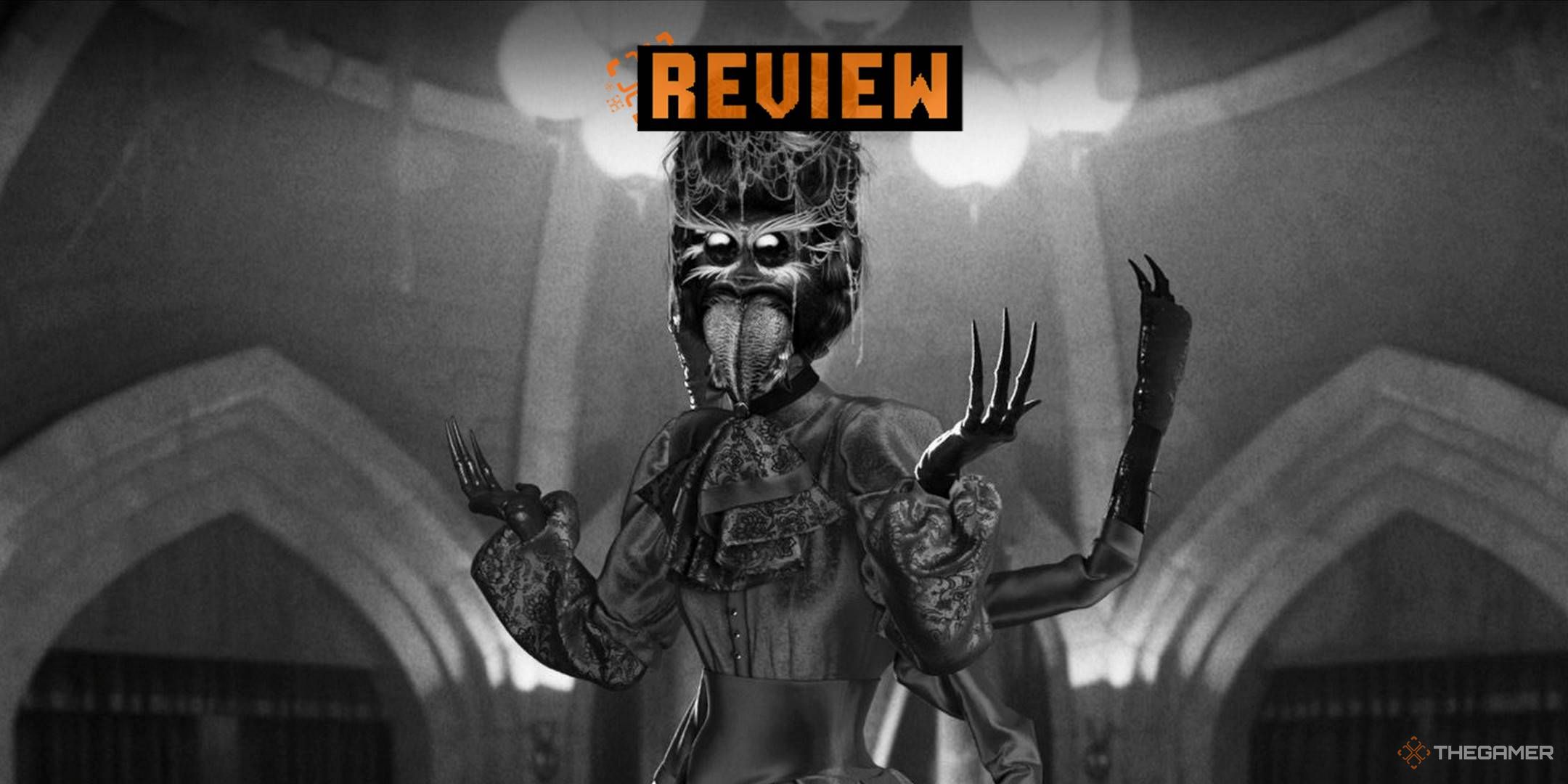
Related
Chicken Police: Into The Hive! Review – A Clucking Solid Sequel
Rejoin “hard-boiled detective” Sonny Featherland as he sets out to unscramble yet another mystery.
In Clawville Wildcards, you’ll need to stay several steps ahead of your opponent, carefully planning how to take over an entire row of the three-row board for yourself in the name of victory. You’ll need to be just as offensive as you are defensive to win your next game of Clawville Wildcards!
How To Play Clawville Wildcards
Your first exposure to Clawville Wildcards in Chicken Police: Into the Hive is with Uncle Mullen when you see him at Zipp’s Cafe, formerly known as Hot Dog in the first game. As Sonny and Marty talk to Mullen and Zipp about the goings-on in The Hive, Mullen challenges Sonny to a game of Clawville Wildcards. Your first game is mandatory, it seems, so settle in!
Clawville Wildcards might sound a little complicated with the game’s explanation of how to play, but it’s relatively simple. Your ultimate goal is to fill an entire row with four of your own cards, each of which features a different animal and a few numbers in the top right and bottom left corners, battling it out with your opponent in the name of domination.
The board for Clawville Wildcards is three rows with four columns, making a four-by-three table for you and your opponent, who always seems to go first. On this table, you’ll see several colored circles with numbers on them, which are tokens denoting spaces saved for your cards. The number on the token placed on the board shows for how many more turns the tile is reserved – once that number hits zero, the tile is removed and your opponent can place a card there if you haven’t already.
But once a card is down, that doesn’t mean the spot is yours! You’ll need to attack your opponent’s cards to clear them out of your way, requiring careful planning ahead of time to ensure that your strongest and best-defended animals are closest to your opponent. You can attack anything to a card’s left or right during your turn, keeping everything neatly confined to the three rows on the board. Get them to zero defense to remove the card from the board.
Just beware that having a card attack the card beside it will render it exhausted, which is marked by a swirl pattern over the animal on the card. You can attack with the same card multiple times, but you’ll need to revive that card before you can use it again.
On each turn, you’ll have a set number of action points, which is how you’ll make your moves in Clawville Wildcards. Any action you take – placing a card, attacking another card, or reviving a spent card – consumes an action point, so you’ll need to strategize and plan ahead to ensure your victory. It’s not always best to attack, so be sure to view the whole board and consider all possible moves before acting. When you’re out of action points, your opponent then gets to expend theirs.
A game of Clawville Wildcards is over when one player has filled an entire row of four cards. Each game of Clawville Wildcards is best two out of three, meaning you’ll play between three and five rounds each time you opt to pay until a winner is decided.
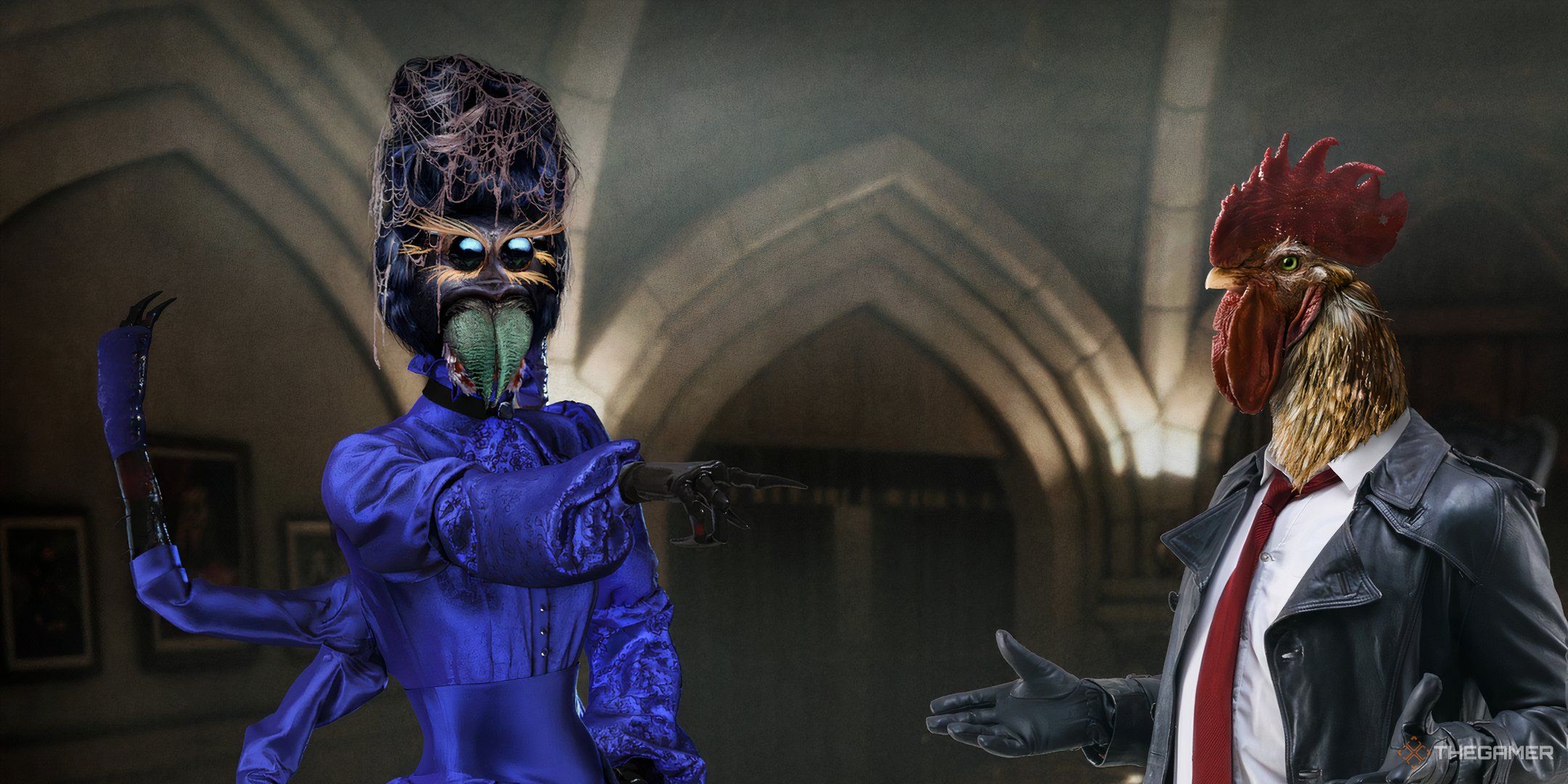
Related
Chicken Police: Into The Hive! – Complete Guide To Interrogations
You won’t get very far as a detective if your people skills are lacking.
Pay Attention To Attack And Defense Stats
See those numbers in the top right and bottom left corner of each card you draw? These denote that card’s attacking and defensive stats, and understanding each number is critical to winning Clawville Wildcards.
- The number in the bottom left corner of a card, outlined with a spiked circle, is that card’s attack power. Any card it attacks will sustain that many points of damage.
- The number in the top right corner of the card is, instead, the card’s defensive power, denoting how many points of damage it can sustain before being knocked off the board.
Typically, you’ll find a relatively fair balance between attack and defense in Clawville Wildcards, typically averaging three or four for both stats. You’ll also find cards, though, that have markedly higher stats, but watch out: any stat increase usually comes with a decrease, leaving cards with good attacking power with little defense, while well-defended cards may not strike the hardest when put into a fight against another card.
The best way to play Clawville Wildcards is to try and strike a balance between your stats, and as always, be mindful of which of your opponent’s cards have higher stats when choosing where to place your next cards. You’ll need to keep them from advancing, too, so always check the attack stats of the card next to your new card before placing it to be sure that card won’t immediately wipe yours out – if its attack power is higher than your defense, consider a different card.
There’s no right or wrong way to play your cards other than in a way that leads to your victory, so experiment with different kinds of attack and defense balances as you play more rounds of Clawville Wildcards – practice really does make perfect in this minigame!

Next
Chicken Police: Into The Hive! – Beginner Tips
If you’re trying to be the best cluckin’ detective Clawville has ever seen, keep these beginners tips in mind.
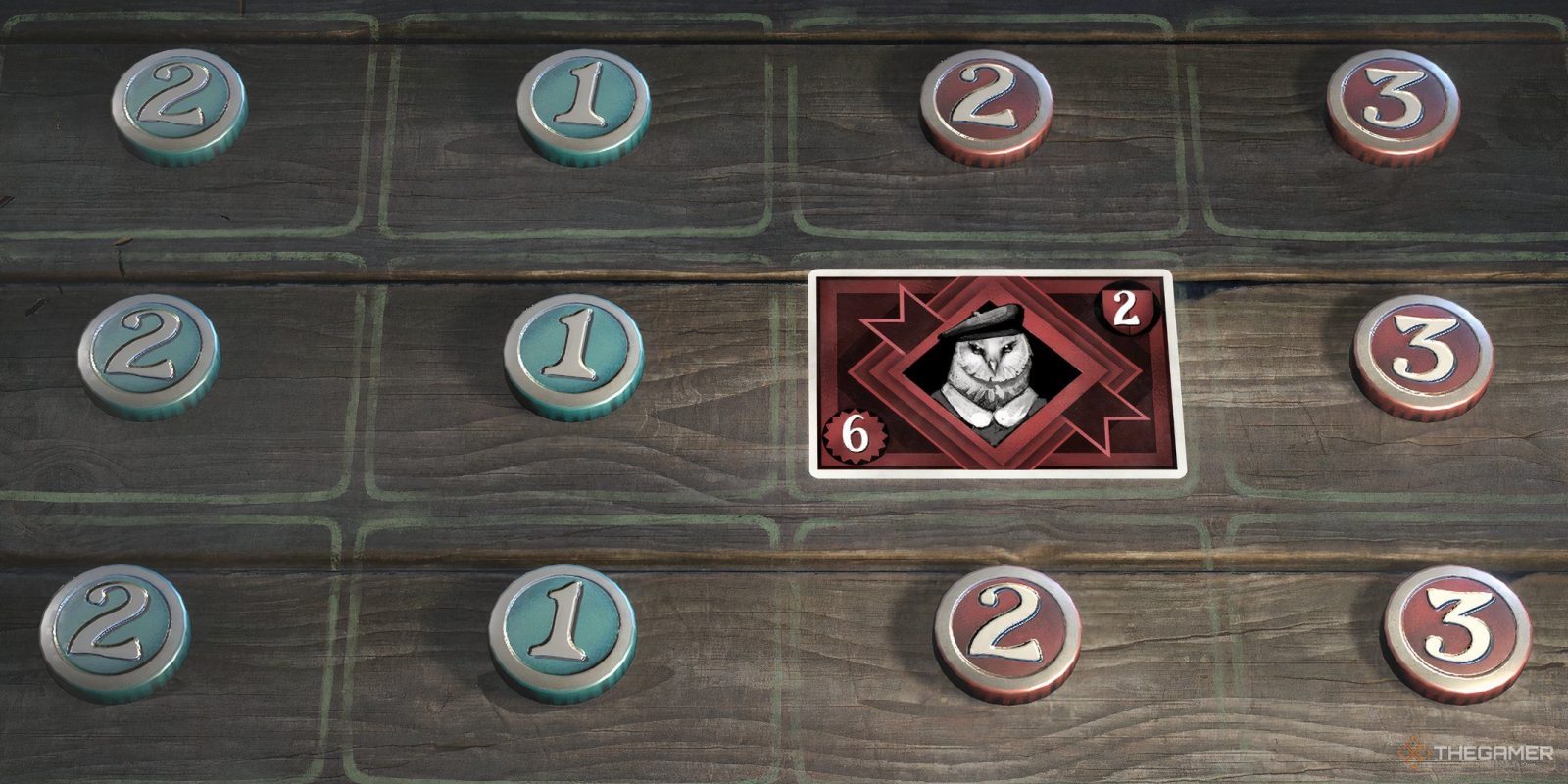
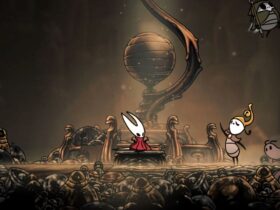
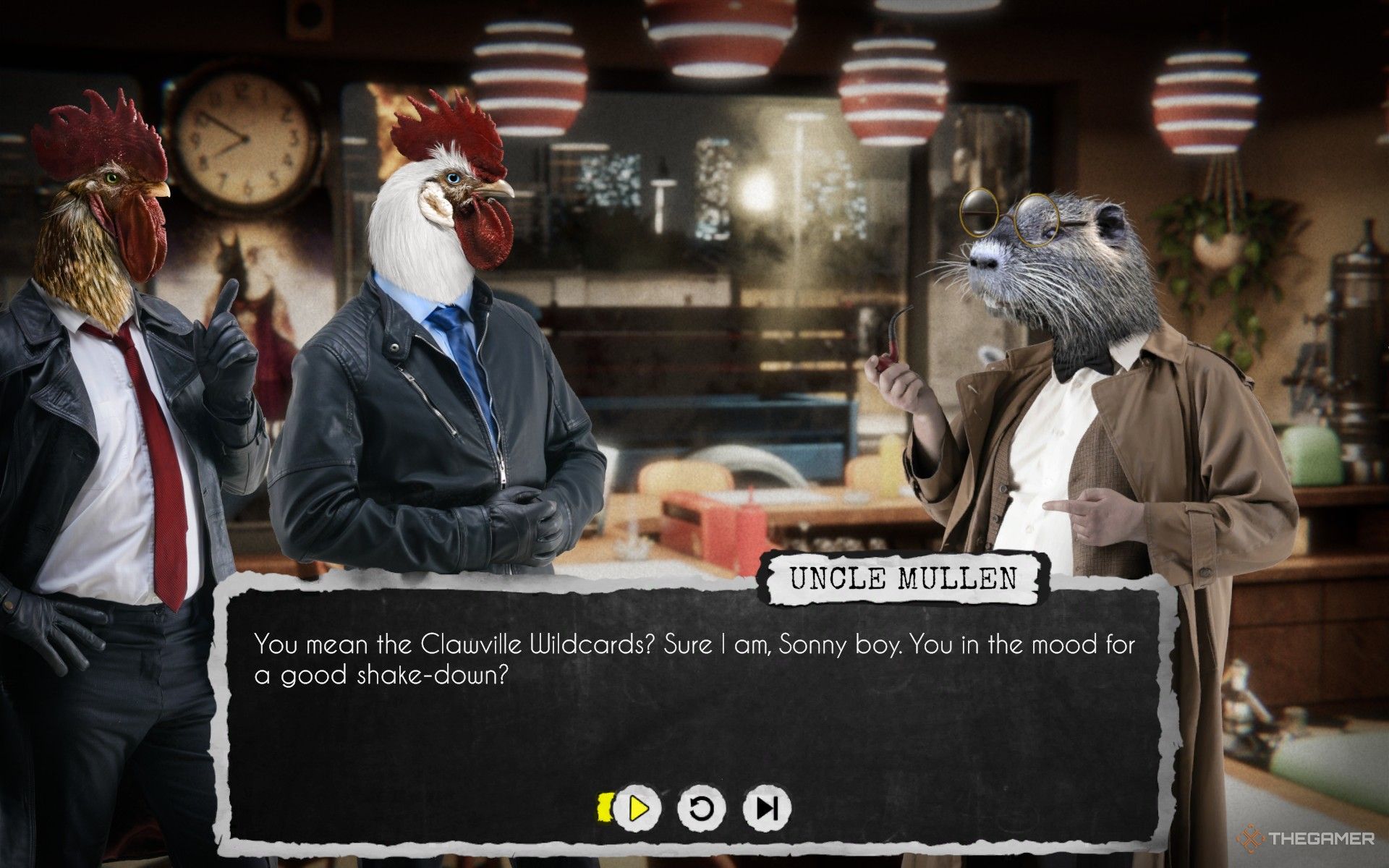
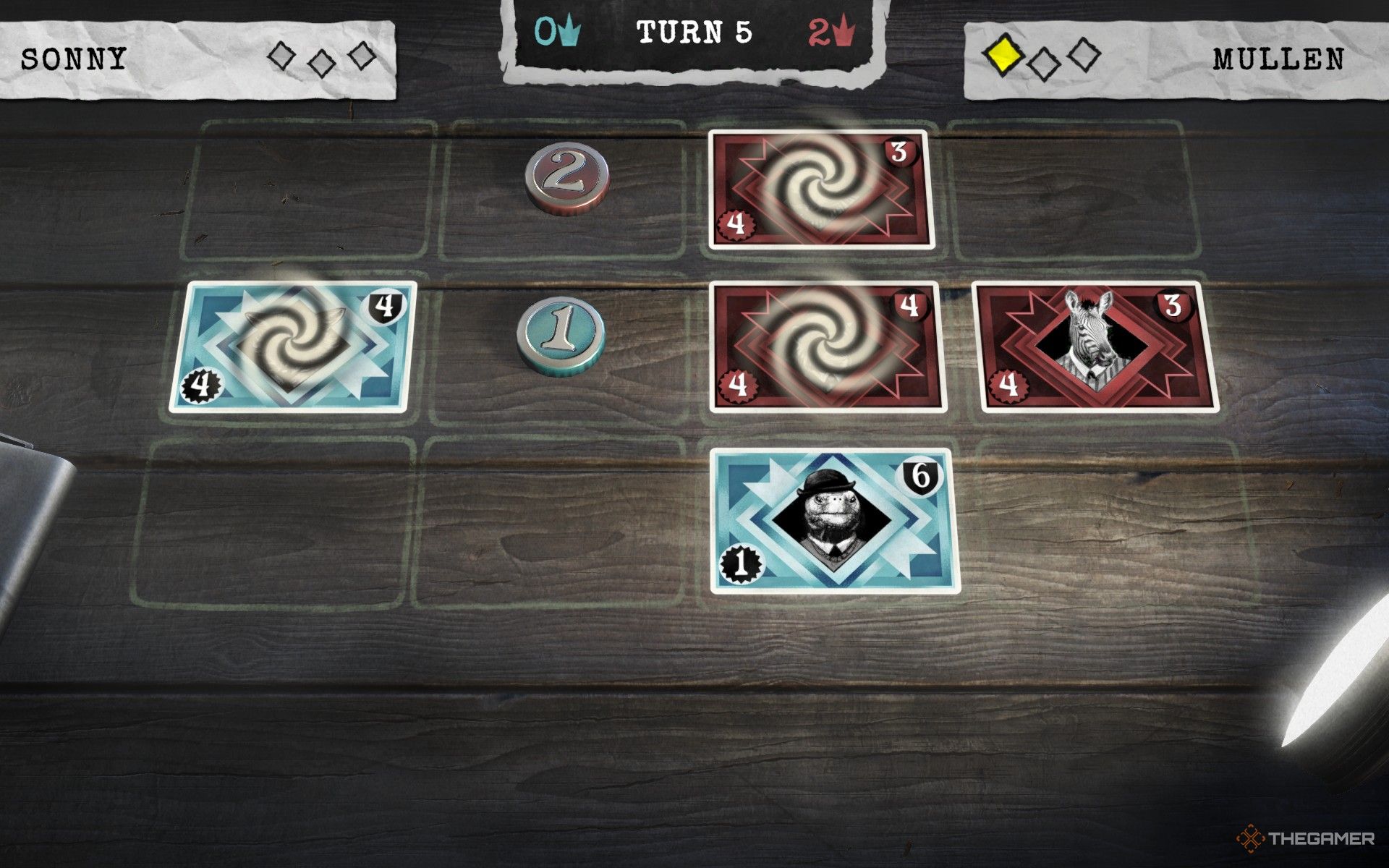




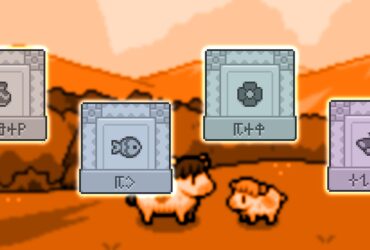


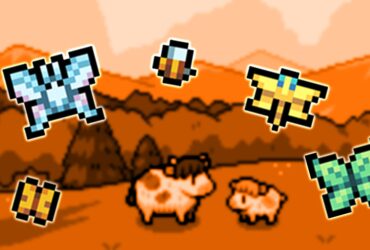


Leave a Reply